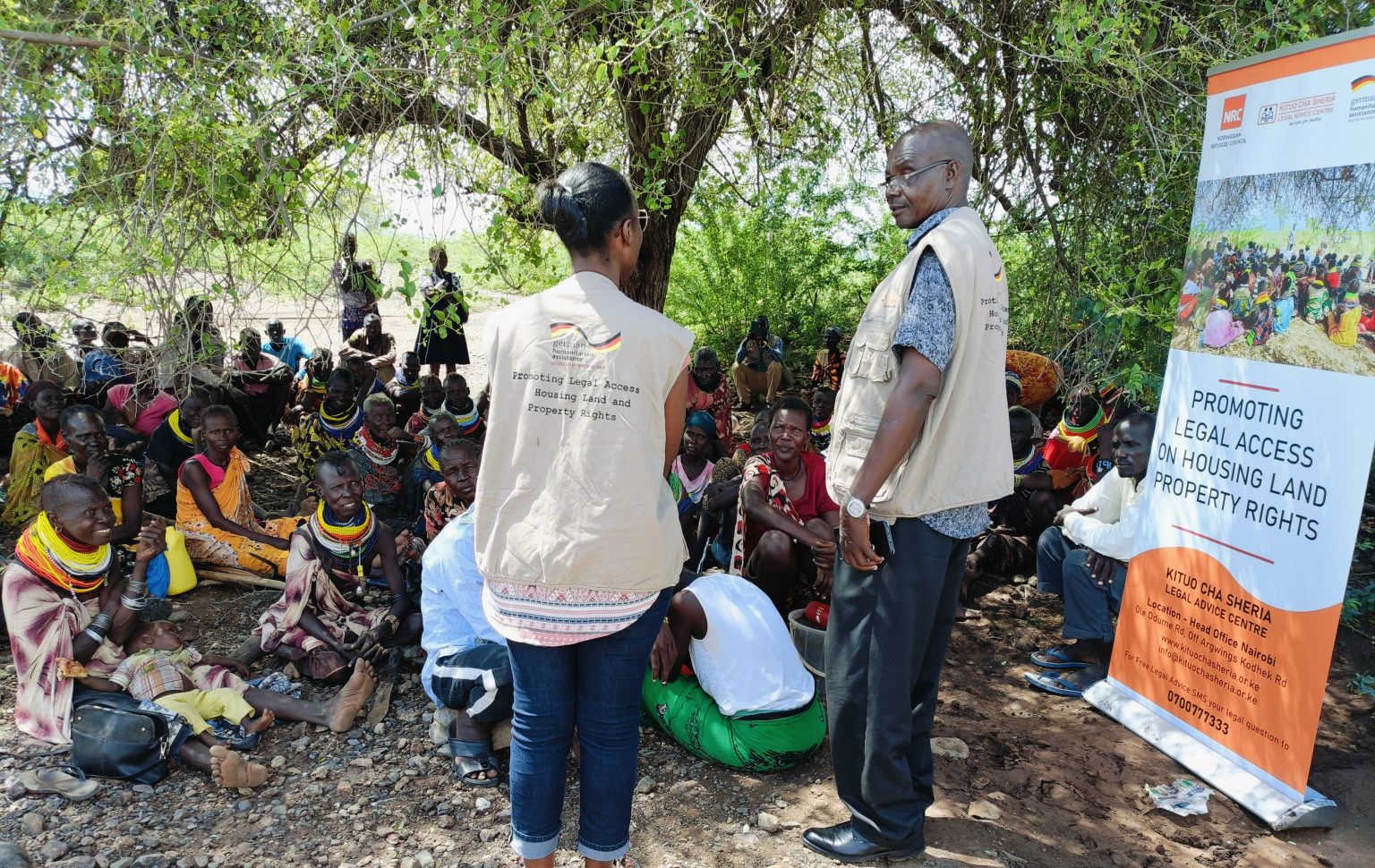global examples of
legal empowerment
Legal empowerment draws insights from trade union and feminist movements, and began to take shape during the anti-apartheid struggle in South Africa. During this time, community members partnered with lawyers, NGOs, and churches to document violations, provide legal assistance, and bear witness to the injustice endured by communities of color. It has since expanded across the Global South and is growing in the United States.
Justice Power shows that immigration justice advocates are implementing legal empowerment strategies in the United States. Legal empowerment is not the solution to an unjust U.S. immigration system. The U.S. immigration system needs to be dismantled. But legal empowerment provides a framework to center impacted communities and achieve justice.
Numerous organizations around the world have developed rigorous legal empowerment methodologies and programs to advance the rights of immigrants, refugees, and asylum seekers. A few are highlighted here. They demonstrate that legal empowerment is a global strategy and movement––organizations in the Justice Power network are part of the Grassroots Justice Network, a global network of over 15,000 members from 175 countries.
Justice Power pays homage to the origins of legal empowerment and puts immigrant organizations fighting draconian immigration policies worldwide into conversation.

Founded in 1973 in Kenya, Kituo Cha Sheria-Legal Advice Centre (Kituo) is an NGO that advocates for communities that are indigent and marginalized so that they can access justice. Kituo focuses on advocacy, networking, lobbying, legal aid education and representation, and research. Kituo has several programs, including the Advocacy, Governance, & Community Partnerships Programme (AGCP), the Forced Migration Programme (FMP), and the Legal Aid and Education Programme (LEAP). The FMP addresses the legal and policy needs of refugees, asylum seekers, and stateless persons who live in Kenyan urban areas. The AGCP strengthens the capacities of communities to effectively champion and monitor their legal and human rights.
With a strong legal empowerment approach, Kituo also pioneered the paralegal model in Kenya. The Legal Aid and Education Programme (LEAP) also ensures that communities have access to justice through legal empowerment and legal aid. Amongst LEAP’s strategic objectives are to build the capacity of communities for pro se and public interest litigation, and to establish partnerships with volunteer advocates and improve Bar relationships.
You can learn more by watching the webinar on community legal advocates.
Born in 2005 from a group of human rights lawyers experienced in refugee and international law in California, Asylum Access now has offices in Malaysia, Mexico, and Thailand. Asylum Access built a rights-based model rooted in legal empowerment. It has helped shape the growing movement of refugee legal aid organizations in the Global South, by conducting local research, providing direct legal services, contributing to advocacy campaigns, and supporting domestic policy reform.
The approach of Asylum Access is three-tiered: legal empowerment, policy change, and global system change. Asylum Access explains what legal empowerment is and why it is important. To enact policy change, Asylum Access works with governments and the media, and engages regional and international fora. And for global system change, Asylum Access shows what needs to change, such as local community service organizations being positioned to drive progress, and refugees needing to design and lead solutions.
One useful program is Refugee Leadership. Asylum Access collaborated with the Global Refugee-led Network to publish a document that describes what meaningful participation of community members entails, and other immigrant services providers can follow suit.

